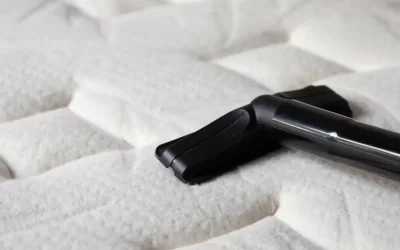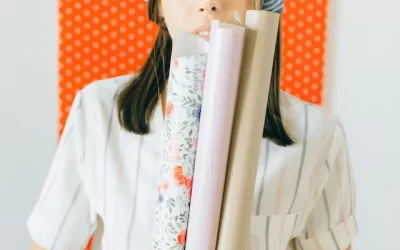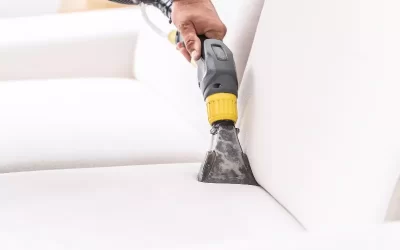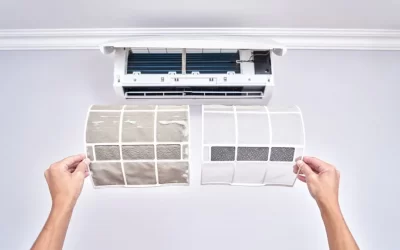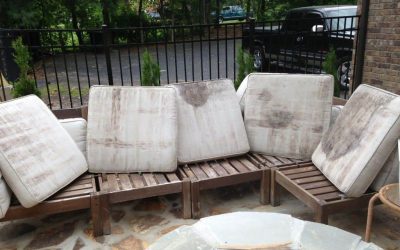Cleaning with Bicarb and Vinegar
The Power of Cleaning with Bicarb and Vinegar
As children, many of us witnessed our parents placing a box of bicarb in the fridge to keep it smelling fresh. But, did you know that combining bicarb and vinegar creates a powerful cleaning solution capable of tackling many household cleaning tasks? There really is power with cleaning with bicarb and vinegar.
Bicarb and vinegar pack a superior punch to most commercial cleaners you can buy. Furthermore, there is a good chance that these items are already in your pantry at home.
Safe for your family, pets, and the environment, cleaning with bicarb and vinegar is an easy way to eliminate harmful chemicals from your cleaning regimen. If you’re ready to go green with your cleaning routine, why not give cleaning with bicarb and vinegar a shot? Let’s take a look at some applications of this simple cleaning solution within the home.

Bicarb and Vinegar: The Cleaning Powerhouse Explained
Cleaning with bicarb and vinegar is an unbeatable substitute for store-bought cleaners. But what is it about this combination that makes it so great at eliminating stains and odours?
Remember those fun science experiments in school where you made a volcano erupt? You probably used vinegar and bicarb to create the bubbling “lava.” Well, the reason they fizz and bubble when mixed is because vinegar is acidic and baking soda is a base. Combined, they release carbon dioxide gas, lifting the dirt from surfaces.
As a natural deodoriser, bicarb eliminates unpleasant odours around the home. Meanwhile, vinegar’s acidity is ideal for cutting through grease, dirt, and scum.
Plus, these are just a few of the benefits!
Bicarb and Vinegar: The Cleaning Powerhouse Explained
As previously said, this solution is environmentally friendly, safe for your family and pets, and mild on most surfaces. Here are a few of the reasons you’ll love cleaning with bicarb and vinegar:
1. Eco-Friendly
Fortunately, this solution contains no harsh chemicals. Cleaning with bicarb and vinegar is a positive step toward contributing to the planet’s safety. It keeps the air quality in your home safe while taking care of messes.
2. Cost-Effectiveness
Bicarb and vinegar are inexpensive alternatives to commercial cleaning products. They’re probably already in your pantry, saving you money on expensive cleaners.
3. Versatility
You can tackle a wide range of cleaning tasks with bicarb and vinegar. Uses include stain removal, odour neutralisation, cleaning tile and grout, appliances, and even carpets.
Although there are misconceptions that eco-friendly cleaning techniques are ineffective, this couldn’t be further from the truth. These products are real powerhouses when used correctly.
Surfaces to Avoid Cleaning with Vinegar and Bicarb
Now that we’ve covered why we should clean with bicarb and vinegar, you’re probably wondering what surfaces it works best on. But before we get into that, here are some surfaces you should avoid cleaning with bicarb and vinegar:
- Marble and Granite
- Natural Stone
- Wood
- Aluminium Cookware
- Cast Iron
While bicarb and vinegar are mild cleaners, they are unsuitable for these surfaces as they can strip away the finish or cause discolouration. Though bicarb and vinegar are generally safe for most surfaces, it’s always best to test them on a small area first to avoid damage.
How to Use Bicarb and Vinegar for Cleaning
To clean with bicarb and vinegar, you’ll need the following materials:
- Bicarb, bicarbonate of soda or baking soda as it is also known
- Vinegar
- Water
- Spray Bottle
- Microfiber Cloth or Sponge
- Bowl or Bucket
- Rubber Gloves
- Brush/Toothbrush
Cleaning the Bathroom with Bicarb and Vinegar
Bathrooms are prone to soap scum buildup and hard water stains. However, cleaning with bicarb and vinegar removes pesky stains and leaves your bathroom smelling fresh. Here’s how you can use bicarb and vinegar in the bathroom:
Use a half cup of bicarb and a half cup of vinegar to clean your toilet bowl. Let the mixture fizz for a few minutes, then scrub with a brush and flush.
When cleaning tile and grout, apply a bicarb paste to the grout lines, spray with vinegar, and scrub with a brush. In addition, restore your shower head’s water flow by soaking it in a vinegar-filled bag overnight to dissolve mineral deposits.
For sinks and faucets, sprinkle bicarb on a damp sponge, scrub to remove stains, rinse, and wipe dry. Furthermore, a solution of half a cup of bicarb and half a cup of vinegar can be used to unclog drains. After pouring the mixture down the drain, follow with hot water. This approach is also effective for your garbage disposal.
Tackle mould by creating a bicarb paste, applying it to the affected area, and letting it soak for an hour. Spray with a vinegar solution, scrubbing any stains. Rinse with water and wipe the surface dry.
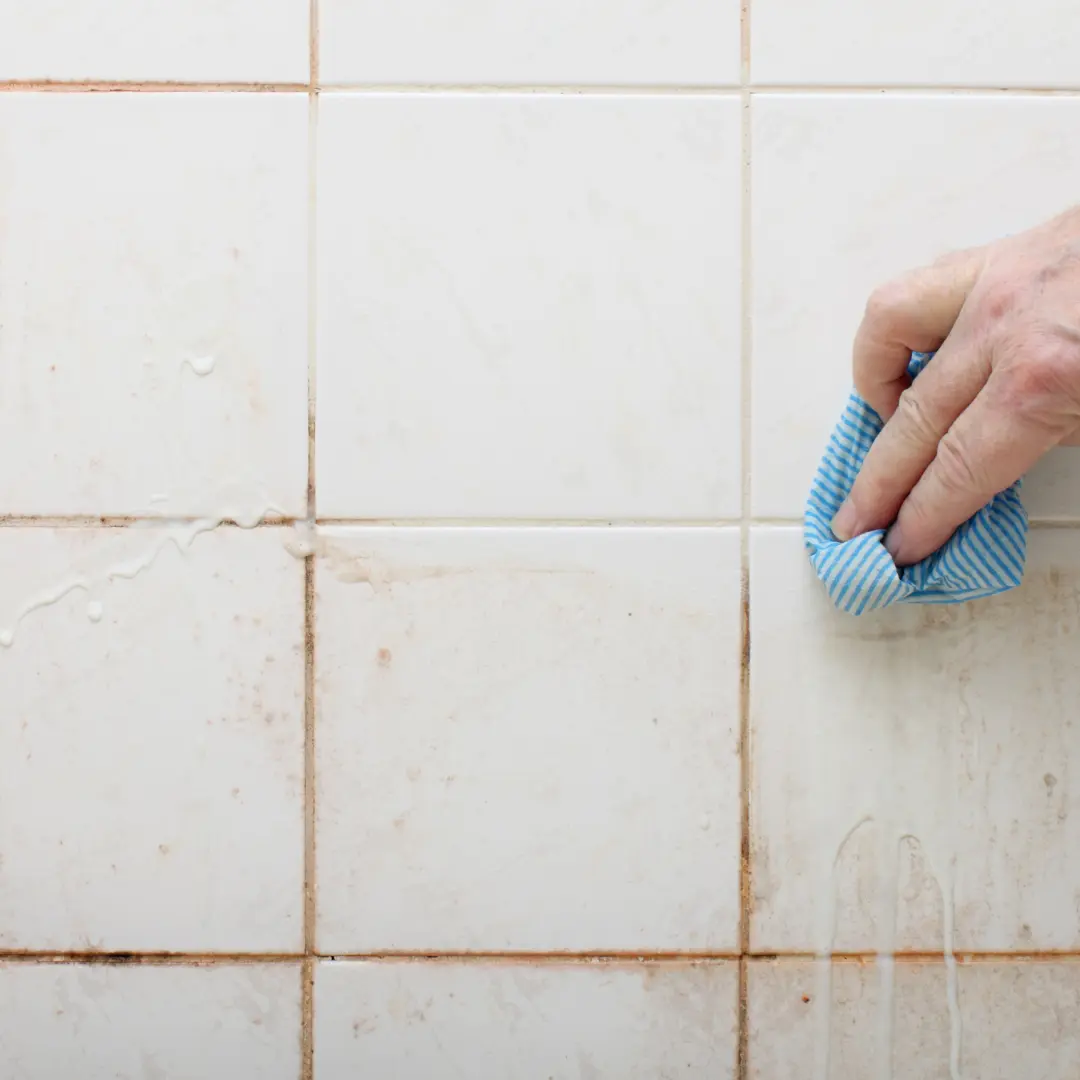
Kitchen Cleaning with Bicarb and Vinegar
For kitchen countertops, sinks, and appliances, create a paste of bicarb and water to tackle stains. Scrub the surface, then follow up with a damp cloth to remove the paste, and finally wipe dry.
Cleaning your microwave is also simple. In a bowl, combine equal parts water and vinegar and heat for 2-3 minutes. The heat generated will loosen any stuck-on food residue that you can wipe away with a dry cloth.
For a grease-fighting oven cleaner, sprinkle bicarb on the bottom and spray with vinegar to create a fizzing reaction. Let it work its magic overnight, then wipe clean with a dry cloth.
Lastly, even your dishwasher can benefit. Simply run an empty cycle with a cup of vinegar to remove buildup and eliminate unpleasant odours.
Using Bicarb and Vinegar to Clean Bedrooms
To neutralise unwanted bedroom odours, simply fill a spray bottle with equal parts vinegar and water, and give the room a light spritz. In addition, keep your clothes smelling fresh by placing an open bowl of bicarb in your closet – it acts as a natural deodoriser, absorbing moisture and odours, it’s great for sneakers!
For mattress stain removal, create a paste of bicarb and water. Apply it to the stain, let it sit for at least an hour, then blot it with a damp cloth. Allow the mattress to air dry completely before using it again.
Finally, for streak-free glass cleaning, mix equal parts water and vinegar in a spray bottle. Apply the solution to your mirrors and glass surfaces, and wipe them clean with a microfiber cloth.
Tackling Laundry Stains with Bicarb and Vinegar
Adding vinegar and bicarb to your laundry routine will help you get rid of stains and maintain a clean, fresh-looking wardrobe. For bright whites, add half a cup of vinegar to a bucket of water and soak whites before washing.
For more stubborn stains, apply a bicarb and vinegar paste directly to stubborn stains and let it sit for 30 minutes to an hour before washing. Finally, for in-wash stain treatment, add half a cup of bicarb to your laundry detergent. Bear in mind that vinegar can be added to the rinse cycle as a natural fabric softener.
Cleaning Upholstery and Carpets
Cleaning with bicarb and vinegar is a safe and effective way to refresh your carpets and upholstery without harsh chemicals.
Sprinkle bicarb liberally over your carpets, then vacuum after 30 minutes to remove odours and freshen the room.
For stain fighting, apply a bicarb and water paste to the area, gently scrubbing with a soft brush. Allow the paste to sit on the upholstery or carpet for at least 15-30 minutes to penetrate and break down stains. Then, vacuum the upholstery or carpet thoroughly to remove any residue.

Cleaning Children’s and Pet’s Toys with Bicarb and Vinegar
Keeping our little ones and furry friends safe is a top priority, and that includes ensuring their toys are clean and free of germs.
To create a cleaning solution, mix equal parts warm water and white vinegar in a large bowl or bucket and submerge the toys for 15-20 minutes. Then, remove the toys and gently scrub them with a sponge or cloth. Be sure to pay special attention to any crevices or grooves where dirt might accumulate. Finally, rinse the toys thoroughly with clean water to remove any remaining cleaning solution and let them air dry completely.
The power cleaning with bicarb and vinegar is truly astounding. Make the switch from chemical cleaners on your next cleaning spree to enjoy the benefits of an all-natural cleaner.
While bicarb and vinegar are powerful tools for everyday cleaning, there are times when a deeper cleaning is necessary. For those tough jobs, spills, or simply the desire for a professional touch, look no further than Simply Spotless. We understand the value of a healthy and comfortable home, and we’re dedicated to providing high quality cleaning services that take the hassle off you.
Ready to experience the Simply Spotless difference? Contact us today for a free quote and discover the peace of mind that comes with a professional clean.
Book a home cleaning service or end of lease cleaner online instantly!
Book a home cleaning service or end of lease cleaner online instantly!
Check Out our Other Posts
How to Clean a Mattress
Over time, mattresses become home to grime, mites, bacteria, and allergens, which can impact your health and quality of sleep. But don’t worry – in this ultimate guide, we’ll show you everything you need to know about how to clean a mattress and keep it in tip-top condition.
How to Clean a Microwave
Looking for a hassle-free way to clean your microwave? Wondering how to clean a microwave without scrubbing it? If you’re tired of struggling with a dirty microwave, you’re in the right place! Today, we’re going to have some fun and learn how to clean a microwave like a pro! You’ll be amazed at how easy it is, and your future self will thank you for the effort.
How to Clean Wallpaper
In this comprehensive guide, we’ll teach you how to clean wallpaper like a pro, using a variety of methods and techniques that are safe and effective for all types of wallpaper. Whether you have vinyl, fabric, or paper wallpaper, you’ll find everything you need to know to get your walls looking like new again. Grab your cleaning supplies, roll up your sleeves, and let’s dive into the ultimate guide on how to clean wallpaper, DIY style.
Cleaning a BBQ – How to Clean a BBQ
In this guide, we’re going to show you just how easy it can be to clean a BBQ and get it ready for your next delicious meal. You’ll learn all the tips and tricks you need to know for cleaning a BBQ like a pro.
9 Tips for Clearing Blocked Drains Using Household Items
There are many different methods you can try when it comes to clearing blocked drains. We’ll go over nine different ways that you can use household items to clear a clogged drain and get your plumbing flowing smoothly again.
Cleaning Fabric Couches
Cleaning fabric couches is actually pretty easy! In this blog post, we’ll give you some simple tips and advice on cleaning fabric couches with common household items. By the end, you’ll definitely know how to keep your couch looking fresh and clean.
How to Remove Mould from Ceilings
Trying to figure our how to remove mould from ceilings? We’ll cover 5 different ways to do it and explain why it’s so important.
How To Clean Air Conditioner Filters
Your air conditioner filter plays a crucial role in keeping your home cool and maintaining good indoor air quality.
Neglecting to clean the filter is one of the reasons that many people struggle to keep their AC running in the summer. That’s why it’s so important to know how to clean air conditioner filters.
How to Clean Mould Off Outdoor Cushions and Furniture
How to clean mould off outdoor cushions and furniture – this article explains how to identify mould and how to clean it off various materials commonly used for outdoor furniture.
What Is An End Of Lease Flea Treatment And How You Can DeFlea Your Property?
End of lease flea treatment is often required for you to get your bond back; particularly if you have had pets in the rental property. You can try the DIY home remedies listed in the article or add the end of lease flea treatment extra to your booking and our professional pest control technician will take care of it for you.

